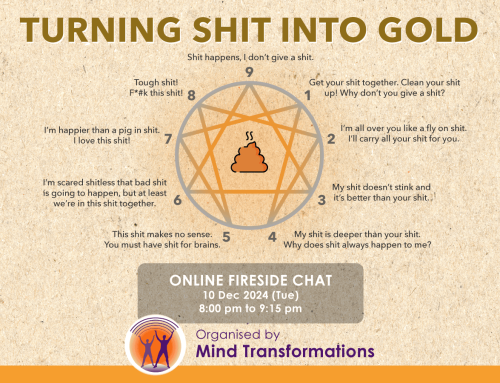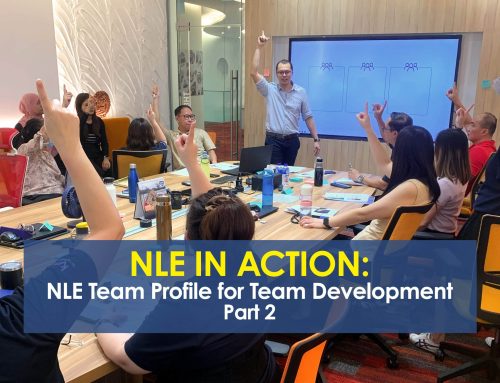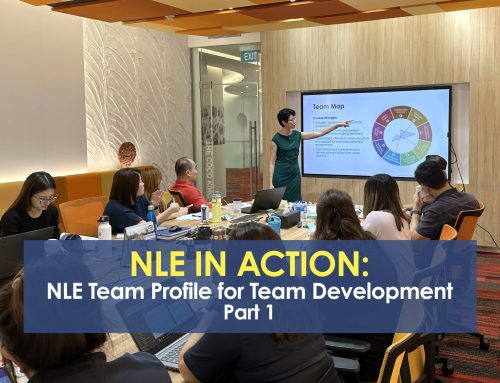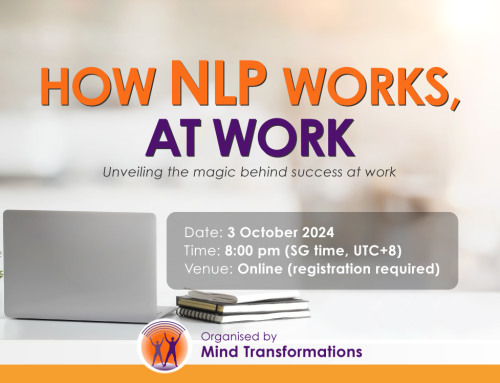The COVID-19 pandemic brought big changes to the way we work, communicate and live.
It forced many organisations to pivot their operations, strategies and business models. According to LinkedIn’s 2021 Workplace Learning Report, the top skills ranked by L&D professionals include resilience and adaptability, leading through change, communication across remote and distributed teams, change management and emotional intelligence.
At the heart of it all, it is about working with people. Strengthening our people skills enable us to become more resourceful, resilient and responsive.
Technology enhances our productivity and connectivity. People skills improve the quality of our relationships.
In a world where technology has changed how we live, work and communicate, it is more important than ever to build strong interpersonal & intra-personal people skills.
While we often overlook these soft skills for their perceived lack of hard business value - the reality is, poor soft skills can cause you to lose your competitive advantage, especially in this post-COVID economy. You have probably experienced some challenges in engaging a diverse, digital workforce to deliver results under increasing business demands.
Today, we can easily acquire hard skills with the support of technology and accessibility. This means that the playing field is getting levelled, where anyone who is willing to invest the time, effort and money can easily catch up to your level of technical expertise. To stay ahead, be relevant and valuable, our ability to collaborate and win with people is becoming more important than ever
Even with automation and advanced technology like AI, we cannot not work with people.
Today, professional roles such as accountants, engineers, data scientists - they all need to sell their expertise to key people to gain trust and credibility. Even with the best of solutions, they need to collaborate with people, get buy-in and influence decision in a highly noisy marketplace.
Focusing too much on what's on the outside - the biggest problem for many professionals and businesses.
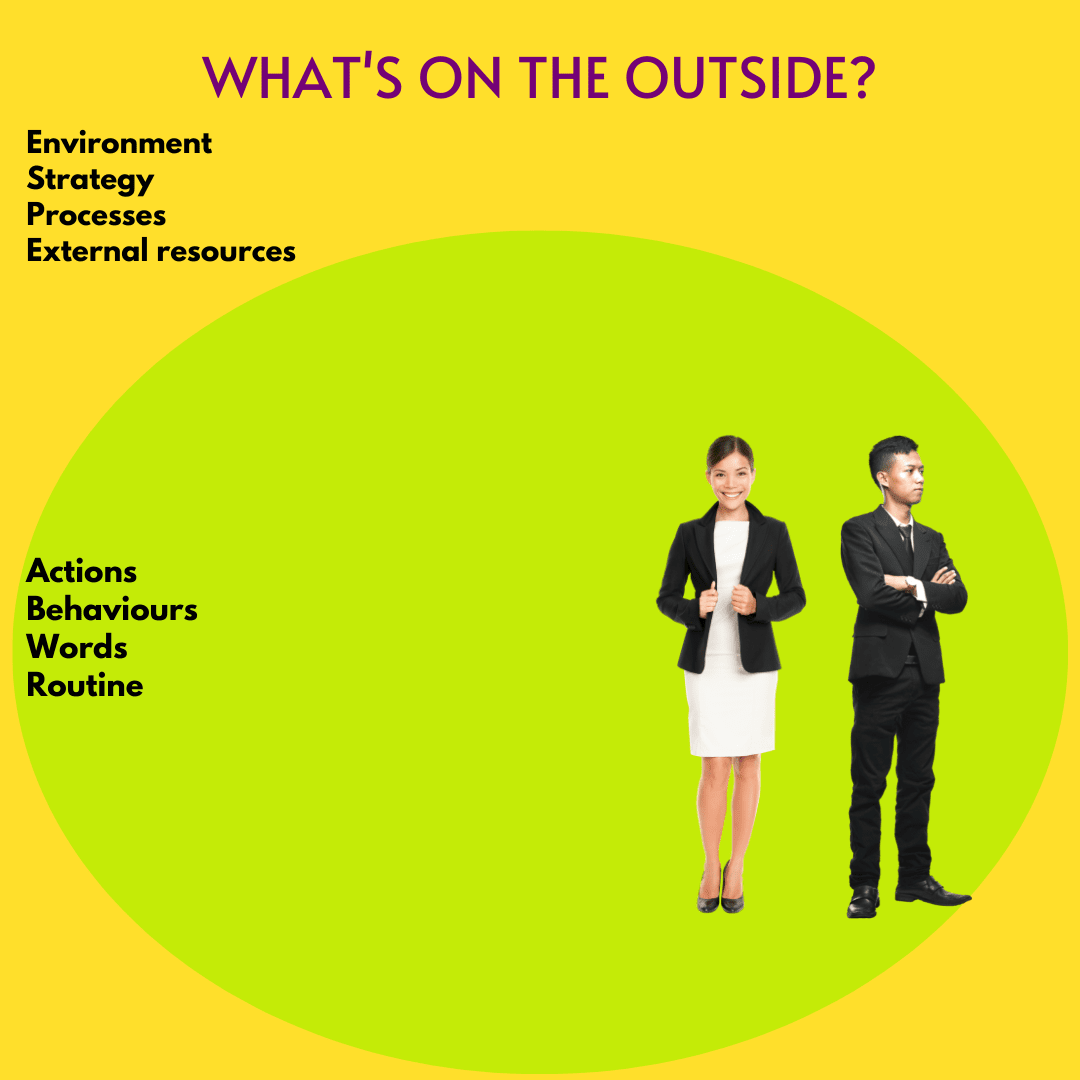
What's on the outside refer to external factors like best practices, tactics, strategies, technical procedures, external resources such as environment, time, finances and so on. Many professionals said that they relied on these factors to help them deal with the uncertainties during the pandemic period.
However, even with the best of strategies, many people continued to feel overwhelmed, frustrated and stuck. They recognise that they are still reacting to things that they have no control of—which are, largely, what's on the outside.
For example, Person A is coping with a heavy workload. He tried to stop others from giving him more work. He tried the tactic of delaying his email replies so that others cannot make demands on him. However, unknown to him, people do need his input. His silence was creating more confusion, conflicts and misunderstanding with his co-workers. As a result, others tried to use different (perhaps more forceful) means to get his inputs, and the person ended up feeling more frustrated and stressed.
In a volatile, uncertain, complex and ambiguous (VUCA) post-pandemic world today, focusing on controlling what's outside of us is not sustainable. There are nuances within human psychology, social and emotional intelligence that plays a big part to impact our successes.
To stay ahead in this new economy, we need communication, leadership and people skills to drive our strategies and technologies.
Unlike learning technical competencies where you can simply follow a linear protocol or best practices, people skills are multi-dimensional. Working well with people involves deep nuances and seeing the invisible patterns within human psychology.
We crystallise future-fit people skills into three key developments:
1
Influential communication by working with people's invisible patterns.
People communicate based on how they see the world. Whenever we speak, we turn subjective mental understanding into language. While the layperson hears the story that people tell them, a trained profiling practitioner can decode people's representation of the world within simple conversations.
This information is available through the Language & Behaviour Profile (LAB Profile®) methodology, and it helps communicators speak the language in people's mind to narrow the gap of difference. Through this methodology, there are 14 motivational and productivity patterns that drive a person's communication and leadership style, coaching and collaboration abilities. These patterns show up both at work and across various contexts in life.
One pattern of the LAB Profile® talks about how people decide. There are two kinds of people, in general: internally referenced or externally referenced.
Internally referenced people tend to verbalise their opinions and decide based on their preferences, judgments or experiences. Outwardly, they may appear to be assertive, confident and clear in what they want to bring across to other people in any setting. People might also find them overbearing, aggressive or difficult to work with if they tend to hold on to their position strongly.
Externally referenced people, on the other hand, tend to pick up non-verbal communication and observations from what's happening around them. They are more receptive to the feedback they have gathered from the environment, trends, responses from other people. They may be more eager to change their mind to respond to situations. On the downside, they could be easily swayed by different opinions and lack their own stand when making a tough decision.
Working with people of different patterns call for us to adapt our communication differently. For people who are more internally referenced, we start by respecting and honouring the value they bring with their experiences and expertise. At the same time, we can progressively draw their attention to how their approach may affect others or become counter-productive to the outcomes they really want.
Conversely, when working with people who are more externally referenced, helping them to discover what's really important to them would enable them to make a clearer decision and own it. It enables them to be more decisive and influential in their engagements with people.
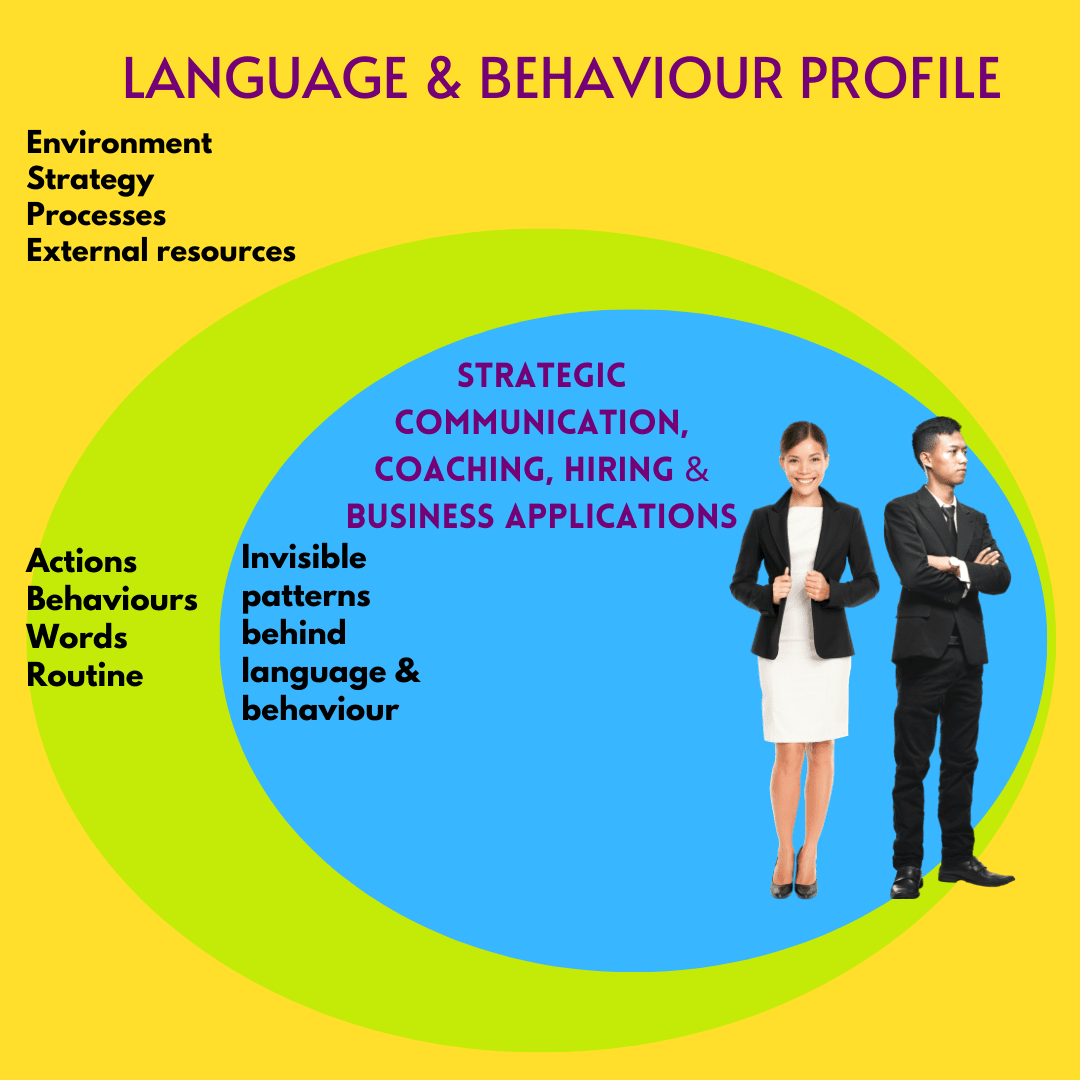
Here's one key to influence: learn to adapt your communication, leadership, coaching and mentorship to people who are different from you. Seize every opportunity to expand your repertoire and capacity, as opposed to falling back to your default habits or be led by external circumstances and people's expectations.
Master the applications of the 14 invisible language and behaviour patterns—for influential communication, intelligent hiring and people development
2
Personality development to unlock the potential and to overcome limitations within our subconscious.
While we could easily adapt our communication and behaviours to suit different context and people, our authenticity and sustainable success is tied to our personality.
Personality is a subconscious programming, and it determines our relationship with ourselves and other people. It colours all our experiences in life by constantly evaluating what gives us fulfilment and what doesn't.
Without looking within ourselves, many people are either trying hard to preserve fleeting fulfilment or resist things that cause unfulfillment. This constant pendulum swing happens many times a day and can result in people being defensive or exhibit toxic behaviours toward others. In a post-COVID VUCA world, frequent changes in our external environment can easily set off our pendulums into rapid swings, resulting in higher stress and emotional downward spiral.
When you work on your personality development, people will see a shift in your presence, speech patterns, physiology, communication style and actions. All these come first from having a stronger relationship with yourself.
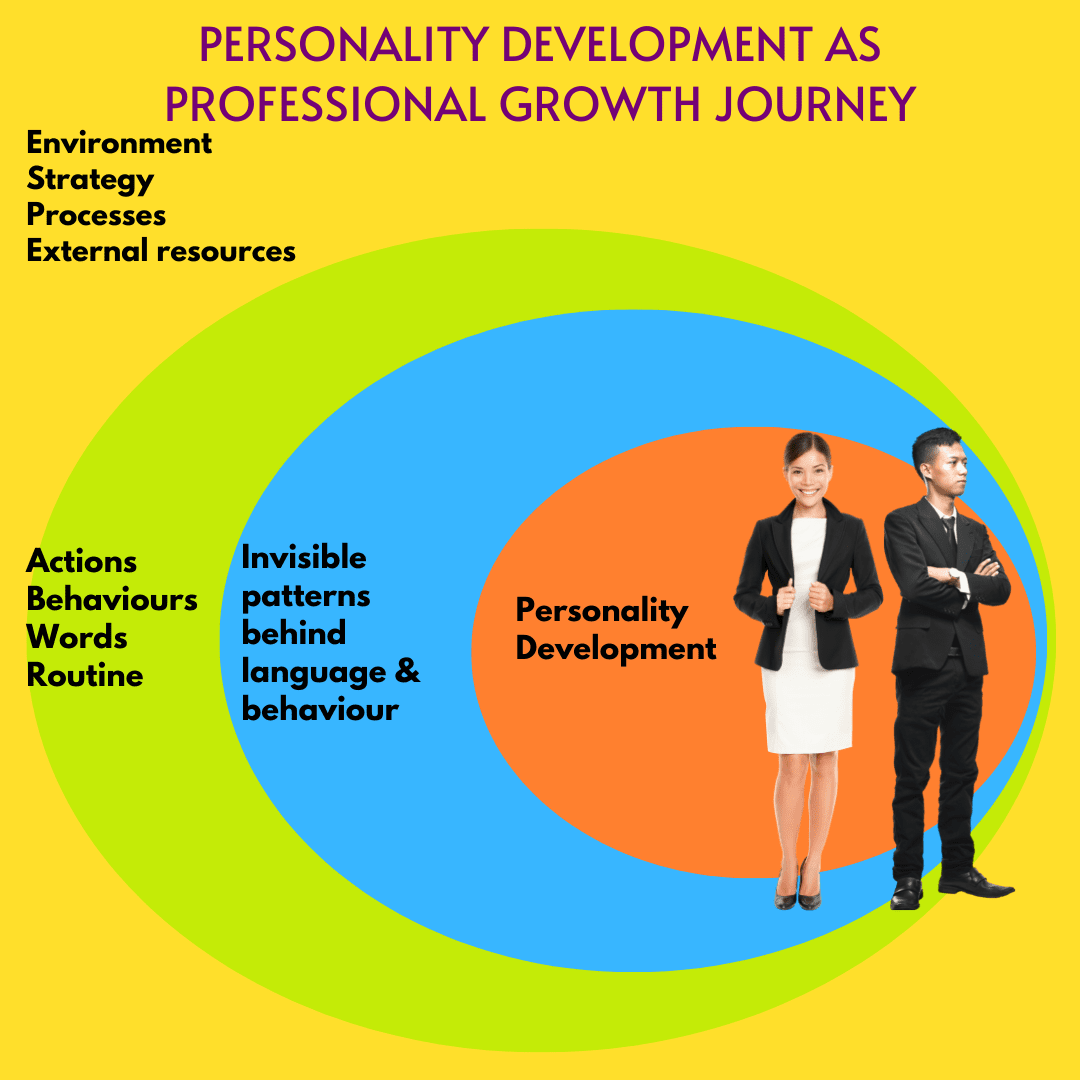
You can coach yourself and others to improve personality health. Especially if you want to enjoy fulfilment and sustainable career growth, going with the grain of your personality is a crucial factor. You'll find more authenticity and confidence in your communication, leadership style and coaching abilities. In turn, this could gain you respect and influence among your peers, leaders and external stakeholders.
Advance your career by building credibility and authenticity. Here's how you can raise your personality development
3
Harnessing your Multi-Intelligence to be resilient, resourceful and responsive.
Everything we do and say comes from our multiple intelligences as a whole person - how you think, act, communicate, feel and experience.
In our course of career or business, it is easy to fall into the trap of telling others what they should do. Unless we ourselves can become this version of the better person we want others to be, it is going to be an uphill challenge in leading and delivering results through people.
We often hear things like creativity, resilience, leadership, listening or communication skills - the question is, are you able to actualise and develop the abilities that matter to you?
How can you systematically and progressively develop not only your capabilities, but also your capacity to tolerate change?
There are four intelligences that you can harness to be more resourceful - mental intelligence (IQ), emotional intelligence (EQ), physical intelligence (PQ) and spiritual intelligence (SQ):
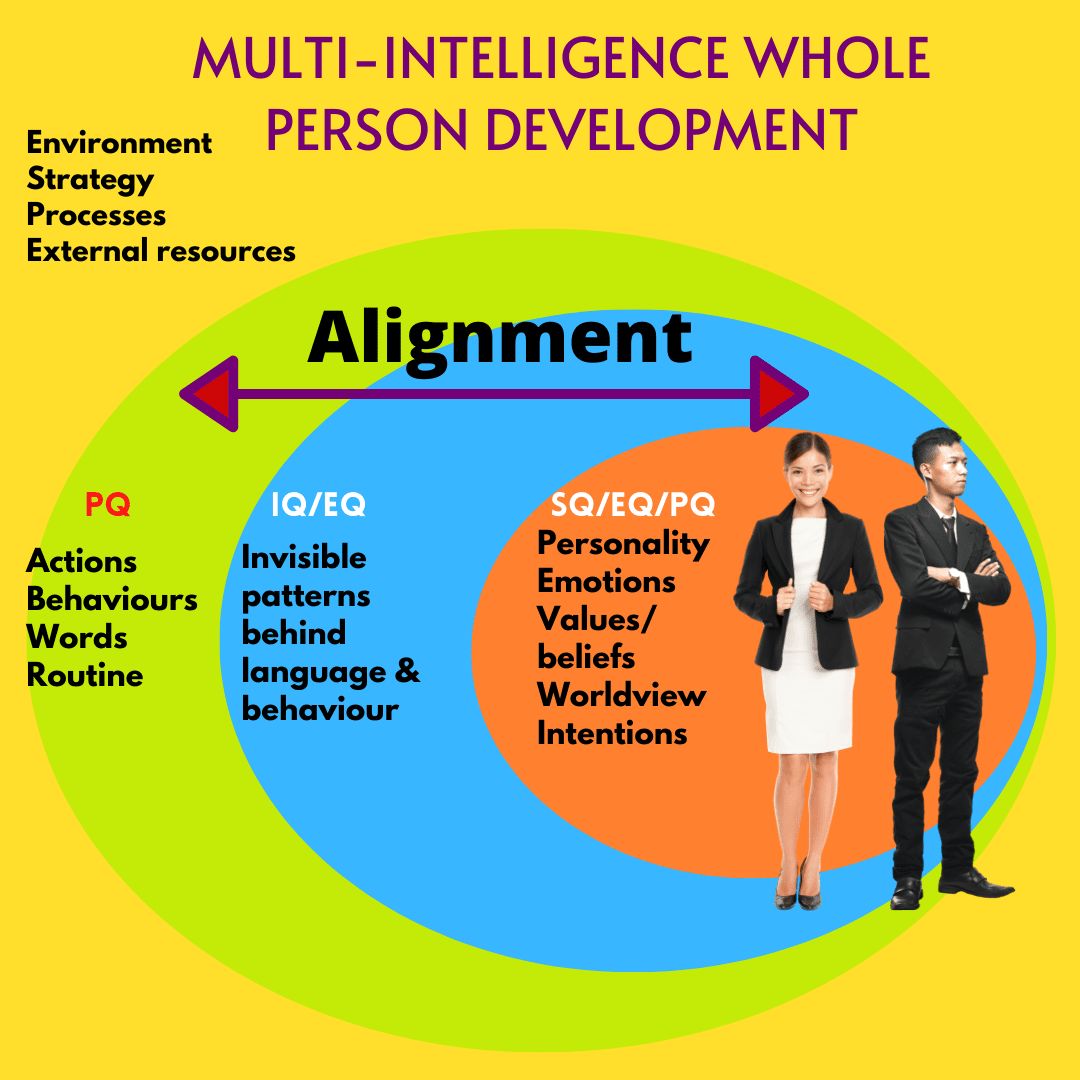
Enhance your resourcefulness and harness your Multi-Intelligence
Putting it all together: Invest in your whole-person development.
To become an effective communicator, leader, coach, someone who can better respond to the demands of our time - this involves a whole-person development to be resourceful, resilient and responsive!
Your whole-person development is an investment for life. As you progress, you'll gain noticeable confidence in your ability to manage complexity and work with a wider range of people. This could help you build credibility, worth and value in your career and business. Most of all, it is about understanding yourself and replicating your excellence for continuous success and make greater contributions to others.
You are ONE conversation away!
Where do I start on this whole-person development journey? Speak with us today. You are just one conversation away from creating the breakthrough you need to move forward in your career, business, relationship and life.


